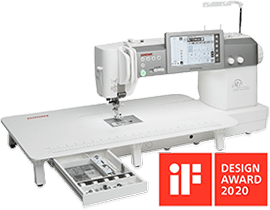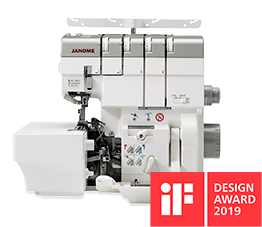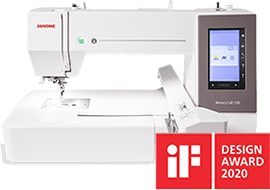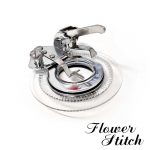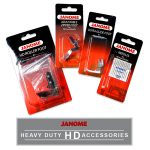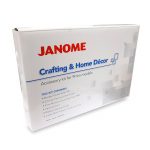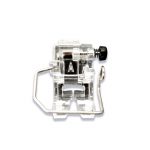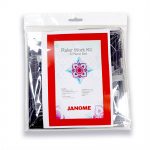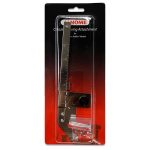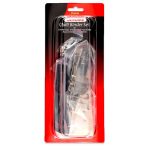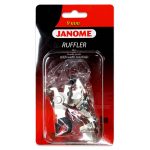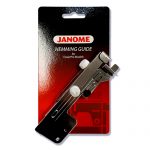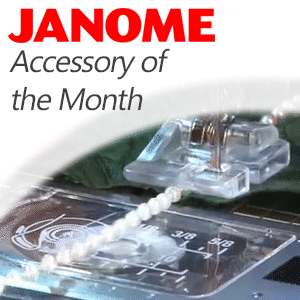No products in the cart.
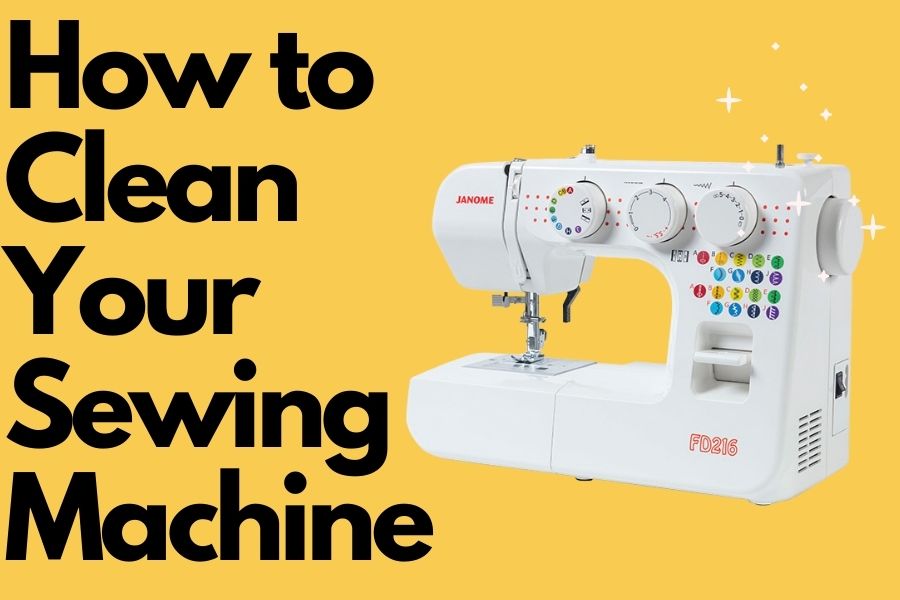
How to Clean Your Sewing Machine
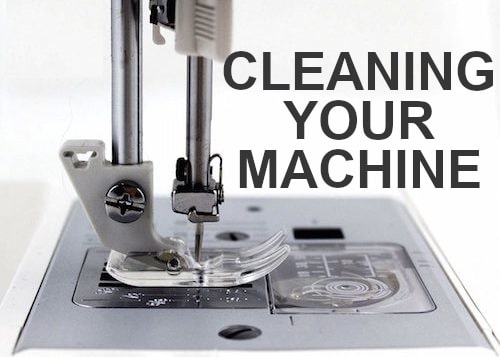
Like cars, watches and other precision equipment, sewing machines do benefit from some TLC to stay stitching at their peak performance. Through regular use, dust, thread and lint can build up throughout the machine (amongst other things, more on this later). This can lead to machine noises, poor stitch quality, and more regular servicing. In fact, this is a major component to why many sewing machine manufacturers state that their sewing machines should be serviced by a technician every year. Before we get into how to clean your sewing machine, let’s have a look at what this dust & fluff can do.
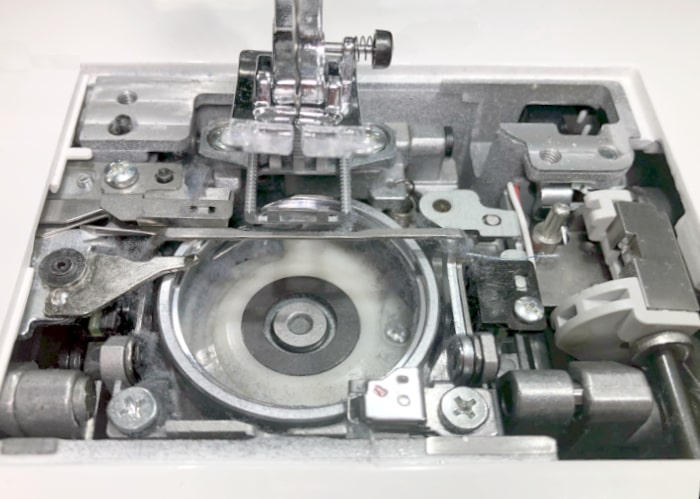
As you can see, this machine has a thick layer of dust, fluff, stabilizers, and broken needle heads scattered throughout the lower shaft. Initially, most of this debris accumulates below the needle plate and over time it migrates throughout the machine soaking up oil from the various oil wells as it goes.
Additionally, this build up can result in poor stitch quality and a noisy machine. But before you need to worry about sewing machine repairs, by the end of this article, you will be able to ensure that with 5 to 10 minutes of cleaning and maintenance, you and your sewing machine will have many happy (and quiet) sewing adventures.
When should I clean my Janome Sewing Machine?
Janome recommends a thorough cleaning each time you change your needle (approximately every 8 sewing hours). As most people do not keep a stopwatch next to their sewing machine, many sewists set their cleaning schedule by the start of a new project or when they have used 4 to 5 full bobbins.
How to Clean and Maintain a Janome Sewing Machine
What you will need:
- Screwdriver (for the Needle Plate Screws)
- Brush
- Non-corrosive cleaner (Spray and Wipe or Methylated Spirits)
- Tweezers
- Cleaning Cloth
- New Sewing Needle
First off, we always recommend referring to your machine’s instruction manual. These manual’s specify areas of cleaning that are specific to your model.
When maintaining your machine, we recommend starting by removing the sewing needle.
With the sewing needle out of the way, remove the needle plate. If your model’s needle plate is held in place with screws, you can use the screwdriver that came with your machine (or a part of the Janome Service Kit) to remove them. This is the only time that you will need a screwdriver for this process.
With the needle plate off the machine, remove the bobbin case from the machine and set it aside.
Using the lint brush, clean out any fluff from the machine’s feed dogs and bobbin case area. If you don’t have a lint brush, a small, clean paintbrush should do the trick (just avoid painting with it afterwards). Should there be any needle tips or other hard debris, this can be removed with the tweezers.
Once all dust is removed, grab your cleaner and cloth sprayed, wipe over the exposed areas. Avoid spraying the cleaner directly on the machine as it can reduce the lubrication of the oils. Be careful when doing this as there are sharp parts on the machine.
Pro Tip: hold your cloth with your tweezers when cleaning the bobbin hook race. This will give you finer control and allow you to get into all the nooks.
Once your machine is clean, we can turn our attention to the bobbin case.
Similar to the machine, remove any dust and fluff that has built up on the bobbin case with the lint brush. While doing so, inspect the bobbin case to ensure that there are no needle marks or burrs that could affect the machine’s stitching.
If a bobbin holder cleaner is included as part of your accessories or you have access to fine silicone oil, you can apply a few drops of the cleaner to your cloth and wipe the inside and outside of the bobbin holder. This both protects the outer surface of the bobbin case and ensures that the thread can slowly move across it.
Now that everywhere has been cleaned, it is time to reassemble your needle plate area.
Place the bobbin case back into the machine, screw the needle plate into place, and insert a new needle.
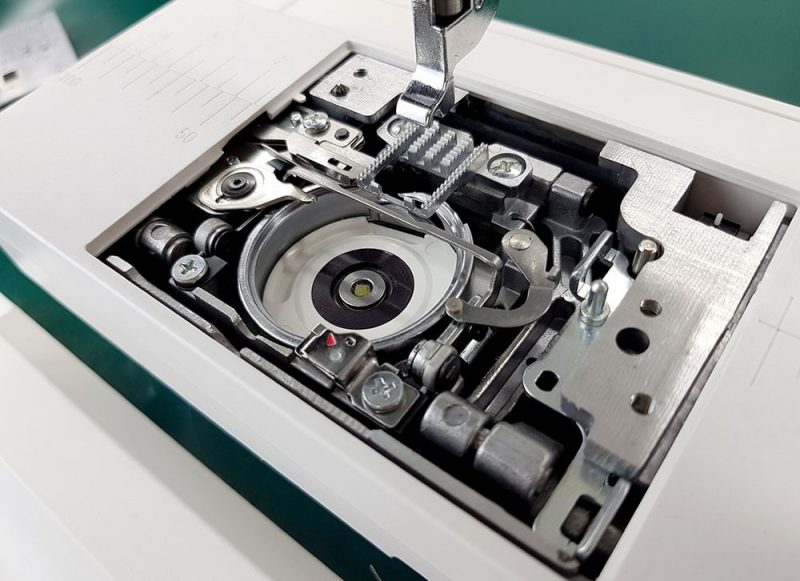
Janome Sewing Centre’s Top Tips for Sewing Machine Maintenance:
- Change your needle often. If your needle hit something or you have noticed that it is struggling to get through the material, there is a chance that the tip of the needle is dull or bent. This additional friction can pull fibres away from the fabric into the machine. By regularly changing your needle (and using the correct needle for the material) you can prevent this while also getting the optimal performance from your stitch.
- When you are not using your machine, cover it with a dust cover, hard case or keep it in a carry bag. This way you can keep out dust, lint and pet hair from getting into your machine in between projects, while also protecting it from being damaged should it be knocked or moved.
- It’s critical that you don’t dismantle the machine in any way other than what is explained in your instruction manual.



